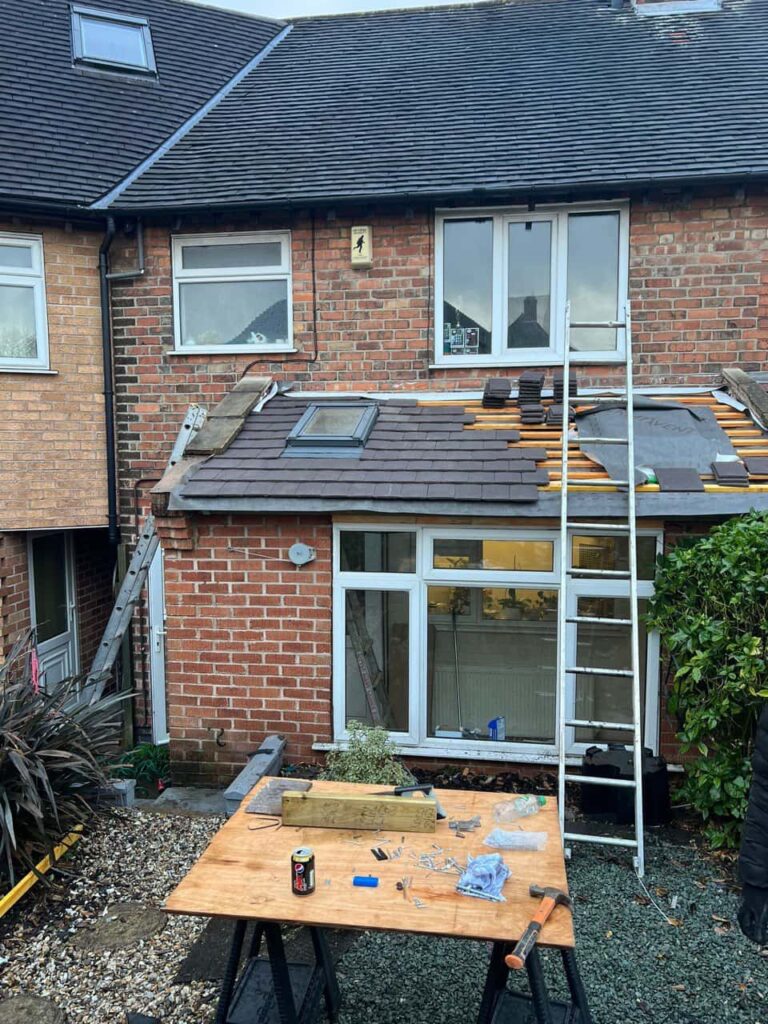Introduction: Commercial roofs are subjected to various environmental elements, including rain, snow, and debris, which can lead to water accumulation and potential damage if not properly managed. Incorporating effective roof drainage systems into commercial roof repair plans is essential for maintaining the structural integrity of the building and preventing water-related issues. In this blog post, we’ll explore the importance of roof drainage systems in commercial roof repair plans and discuss key considerations for implementing them effectively.
Understanding Roof Drainage Systems:
Roof drainage systems are designed to collect and redirect rainwater and precipitation away from the roof surface and building foundation. These systems typically include components such as gutters, downspouts, scuppers, and internal drains, which work together to channel water off the roof and safely away from the building. Proper drainage prevents water buildup, leaks, ponding, and structural damage.
Importance of Roof Drainage in Commercial Roof Repair:
Addressing drainage issues should be a top priority when planning commercial roof repairs. Poor drainage can lead to water pooling, ponding, and infiltration, compromising the integrity of the roof and the building structure. Incorporating effective drainage solutions into roof repair plans helps mitigate water-related issues and ensures the long-term performance of the roofing system.
Key Considerations for Roof Drainage Systems in Repair Plans:
Assess Existing Drainage Systems:
- Before implementing repairs, assess the existing drainage systems to identify any deficiencies or areas of concern. Inspect gutters, downspouts, scuppers, and drains for damage, clogs, or obstructions that may impede water flow. Address any issues with existing drainage components as part of the repair plan to ensure optimal performance.
Improve Roof Slope and Pitch:
- Proper roof slope and pitch are essential for promoting water runoff and preventing ponding or standing water on the roof surface. During roof repairs, consider adjustments to the roof slope to enhance drainage and prevent water accumulation. Working with a qualified roofing contractor can help determine the ideal slope and pitch for your commercial roof based on local building codes and industry standards.
Upgrade or Retrofit Drainage Systems:
- If the existing drainage systems are inadequate or outdated, consider upgrading or retrofitting them as part of the repair plan. Install larger gutters, downspouts, or additional drains to accommodate higher water volumes and improve drainage efficiency. Incorporate innovative drainage solutions such as tapered insulation or green roof systems to enhance water management and sustainability.
Implement Maintenance Protocols:
- Once repairs and upgrades are completed, establish regular maintenance protocols to keep the roof drainage systems in optimal condition. Schedule routine inspections, cleaning, and maintenance to remove debris, clear clogs, and ensure the proper functioning of gutters, downspouts, and drains. Address any issues promptly to prevent water damage and prolong the roofing system’s lifespan.
Conclusion: Incorporating effective roof drainage systems into commercial roof repair plans is essential for mitigating water-related issues and preserving the integrity of the building. Property owners can ensure optimal water management and prevent costly repairs by assessing existing drainage systems, improving roof slopes, upgrading drainage components, and implementing maintenance protocols. Remember to consult with experienced roofing professionals to develop a comprehensive repair plan tailored to your specific drainage needs and ensure the long-term success of your commercial roofing system. Proper planning and proactive maintenance can protect your investment and maintain a safe, dry, and resilient commercial property for years.
Call us on: 01522 459 294
Click here to find out more about Branston Roofing Repairs
Click here to complete our contact form and see how we can help with your roofing needs.

